Calculating the carbon footprint is the first step in understanding and reducing emissions. But what happens next? Once the data have been collected, how can one move from diagnosis to action? And most importantly: how can climate commitment be transformed into concrete projects that benefit marine ecosystems?
The starting point is an accurate measurement not only of CO₂ emissions, but also of other environmental impacts related to business activities: from marine pollution to the consumption of natural resources. Only then is it possible to plan truly effective reduction measures.
However, companies that want to act responsibly towards the sea cannot stop at reduction. A change of perspective is needed: from a logic of ‘damage minimisation’ to a regenerative vision, capable of generating environmental and social value through ‘impact’ projects. But careful : regeneration cannot replace reduction - it must rather follow it, as a coherent evolution of a path of responsibility.
Some examples of projects compatible with this logic?
Habitat regeneration
Restoring posidonia meadows, macro-algae forests, salt marshes or bivalve reefs helps to improve marine biodiversity, absorb CO₂ and reduce coastal erosion. Some projects allow investment in these actions as a form of ‘localised’ climate compensation.
Blue infrastructure and nature-based solutions
Building infrastructure that mimics or reinforces natural processes (e.g. artificial dunes, erosion barriers, phyto-purification systems, structures that mimic natural substrates) helps mitigate climate risks, improve water quality and foster biodiversity.
Circular innovation and marine waste management
Projects that transform plastic waste collected at sea into new resources, or that involve communities in waste collection, monitoring and reuse, have an environmental but also a cultural impact.
Sustainable fishing and traceable supply chains
Supporting artisanal fishing cooperatives, promoting selective methods, creating conditions for restocking, can reduce the impact on fish stocks and foster more resilient coastal communities.
Why does it make sense to invest in these types of projects?
For three key reasons:
1. Systemic responsibility: every business, even far from the sea, has direct or indirect impacts on marine ecosystems.
2. Growing risks: the integrity of the oceans is threatened by multiple pressures - and with it, entire economies that depend on the health of ecosystems.
3. Positioning opportunities: impact projects enhance reputations, attract capital geared towards sustainable finance and create shared territorial value.
Integrating marine protection into the climate strategy is not an optional addition, but a necessary extension of any sustainability pathway.
It means recognising that change also comes through the oceans. And that if we really want to generate positive impact, we must learn to look beyond the coastline.









